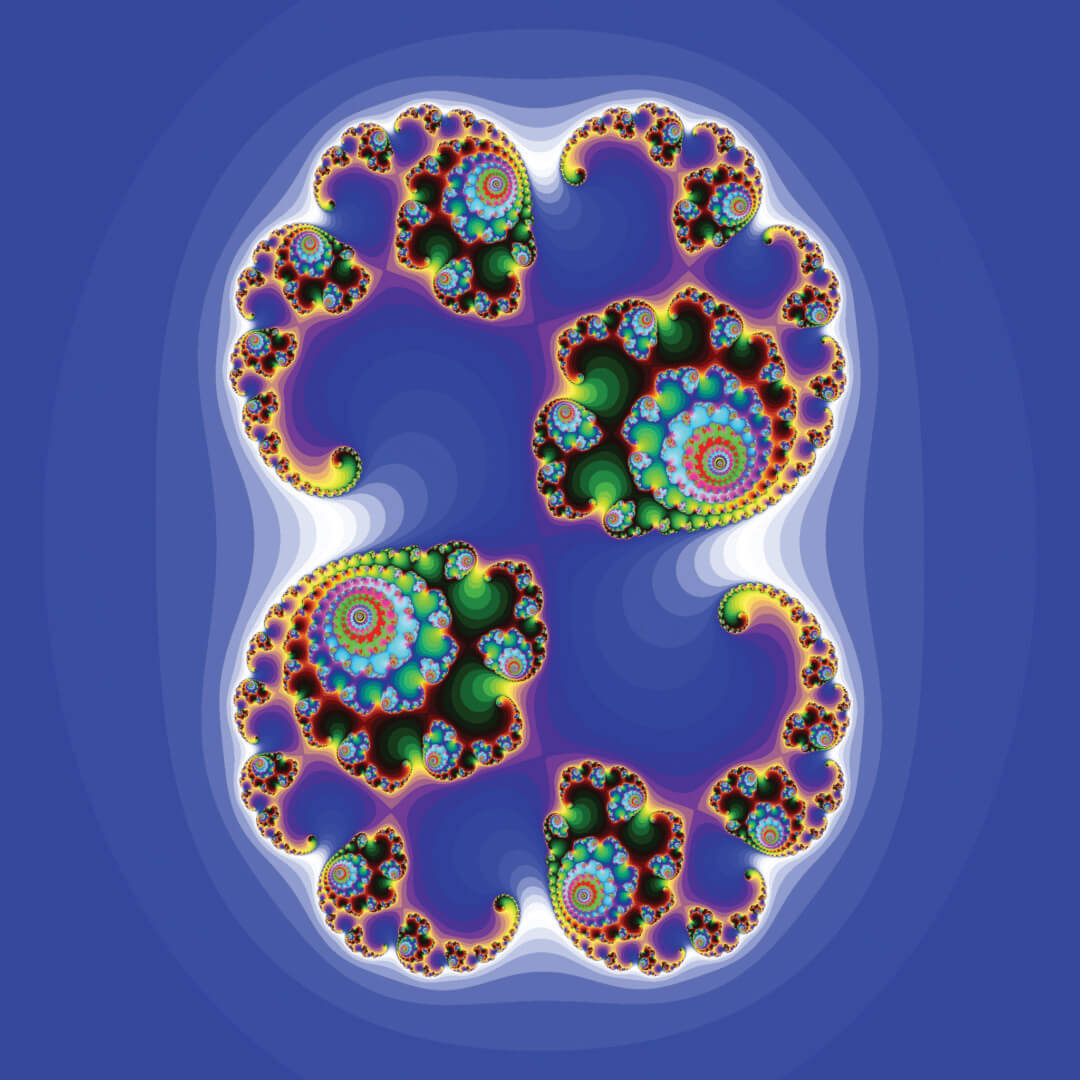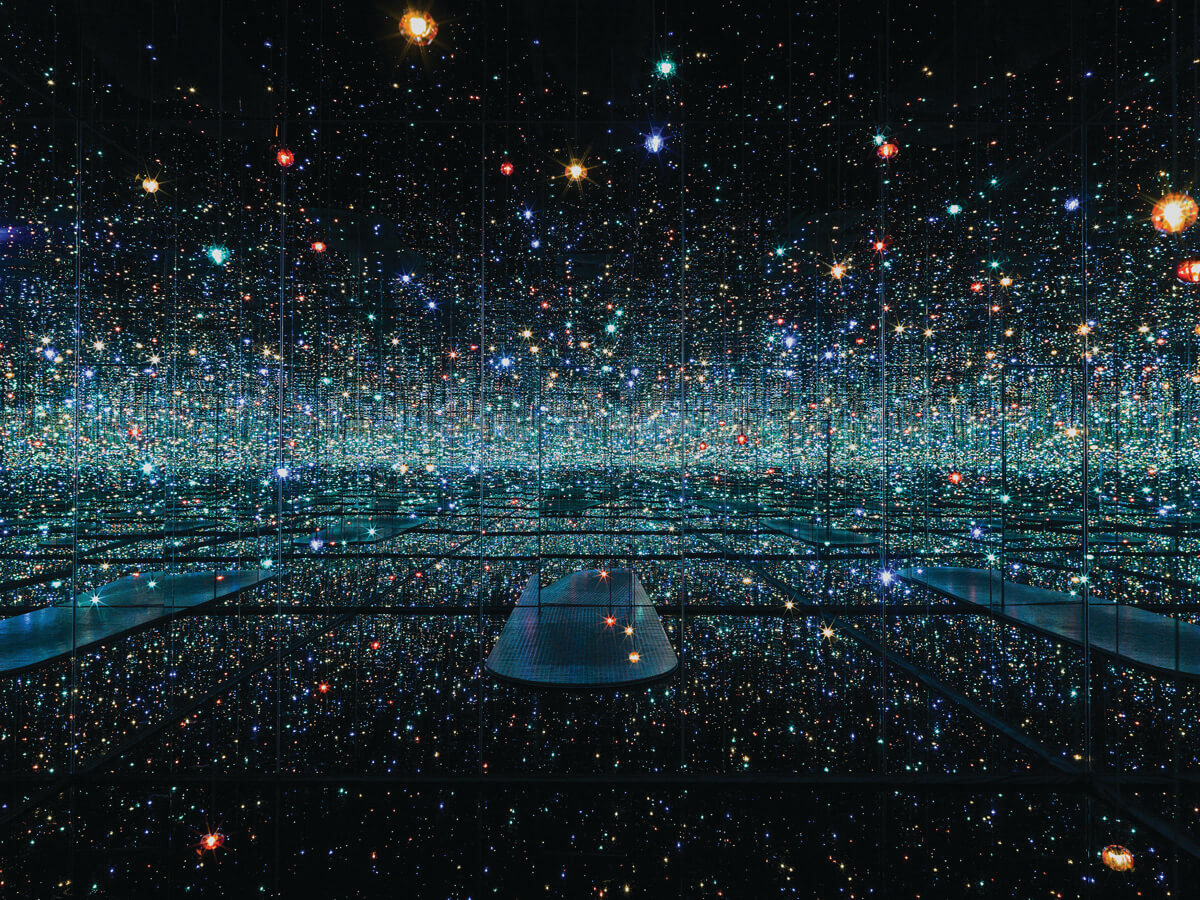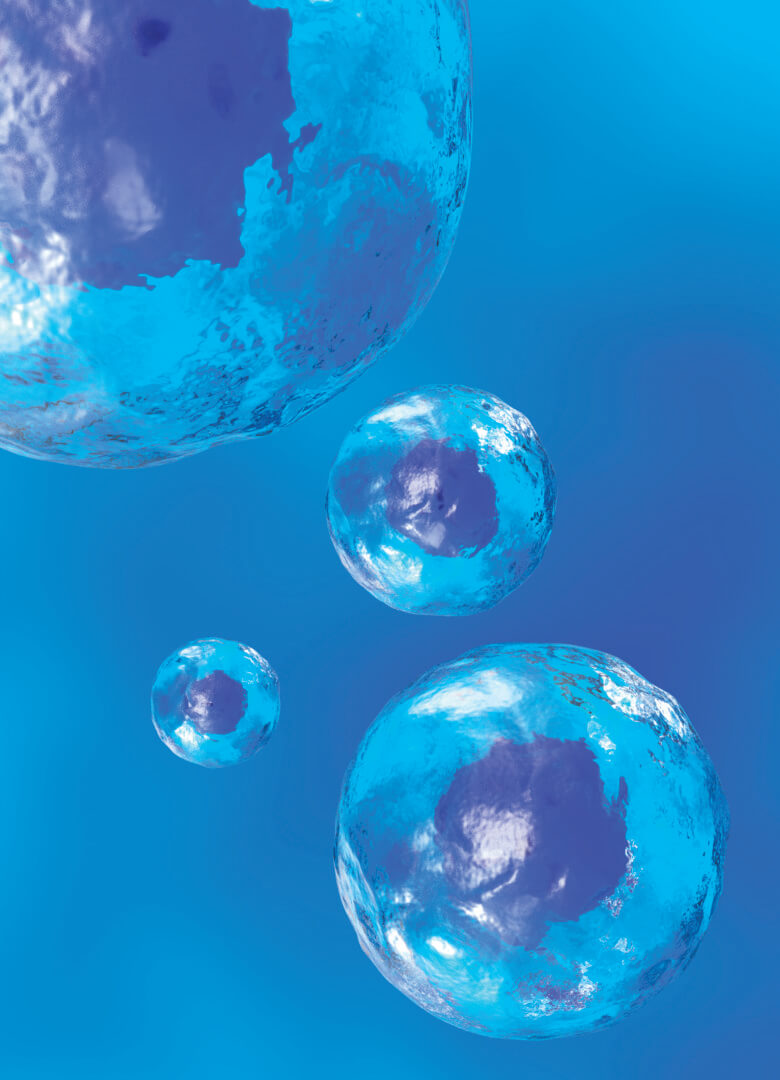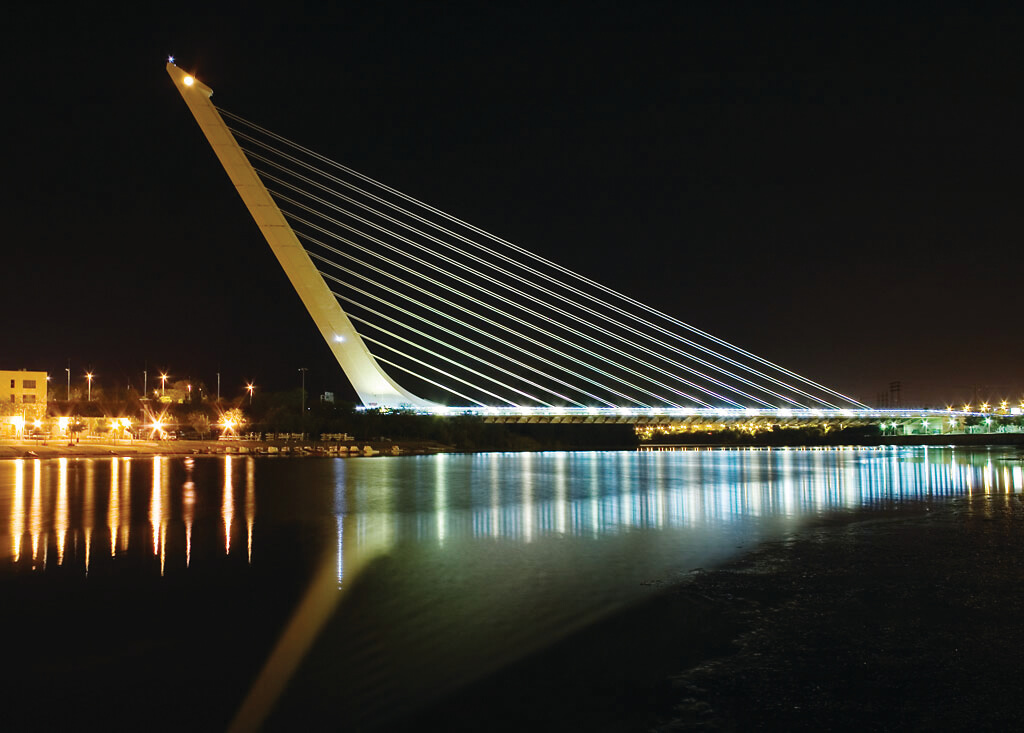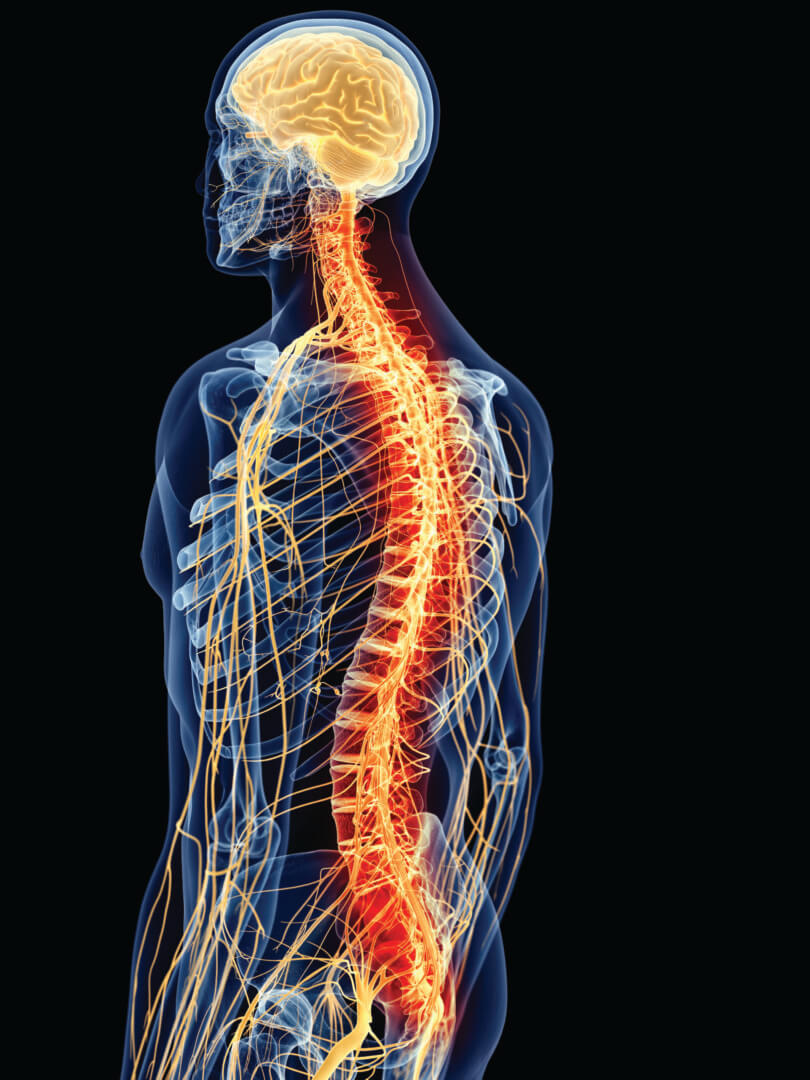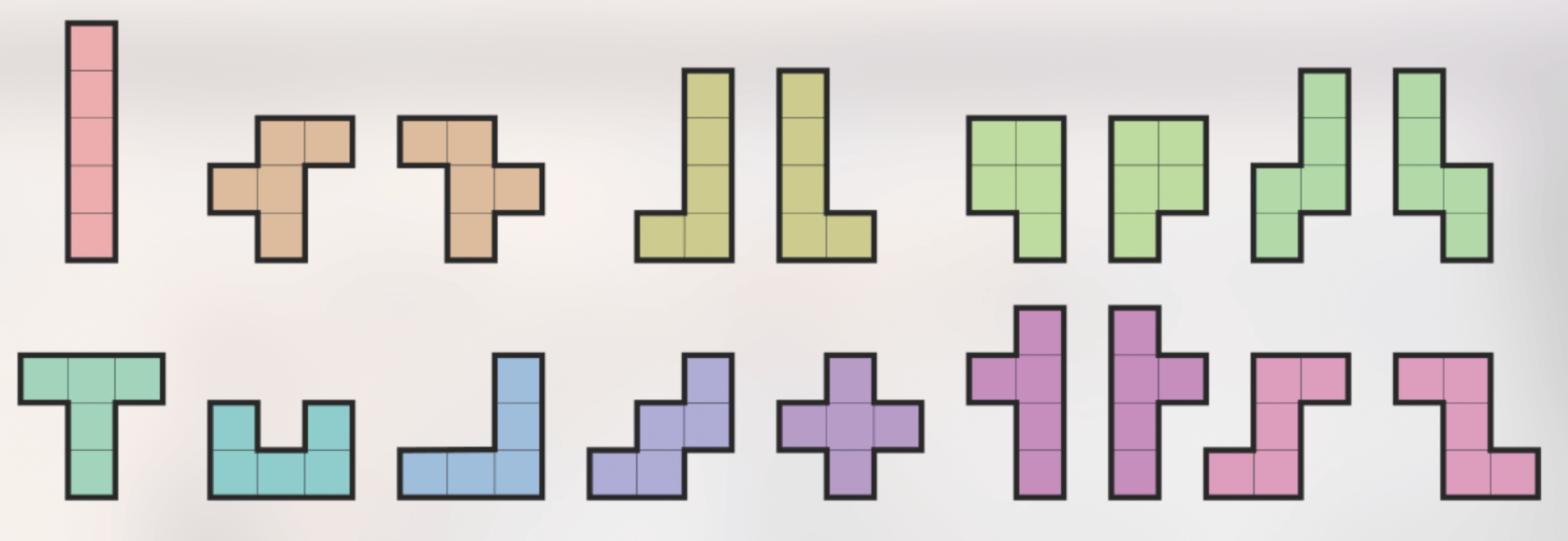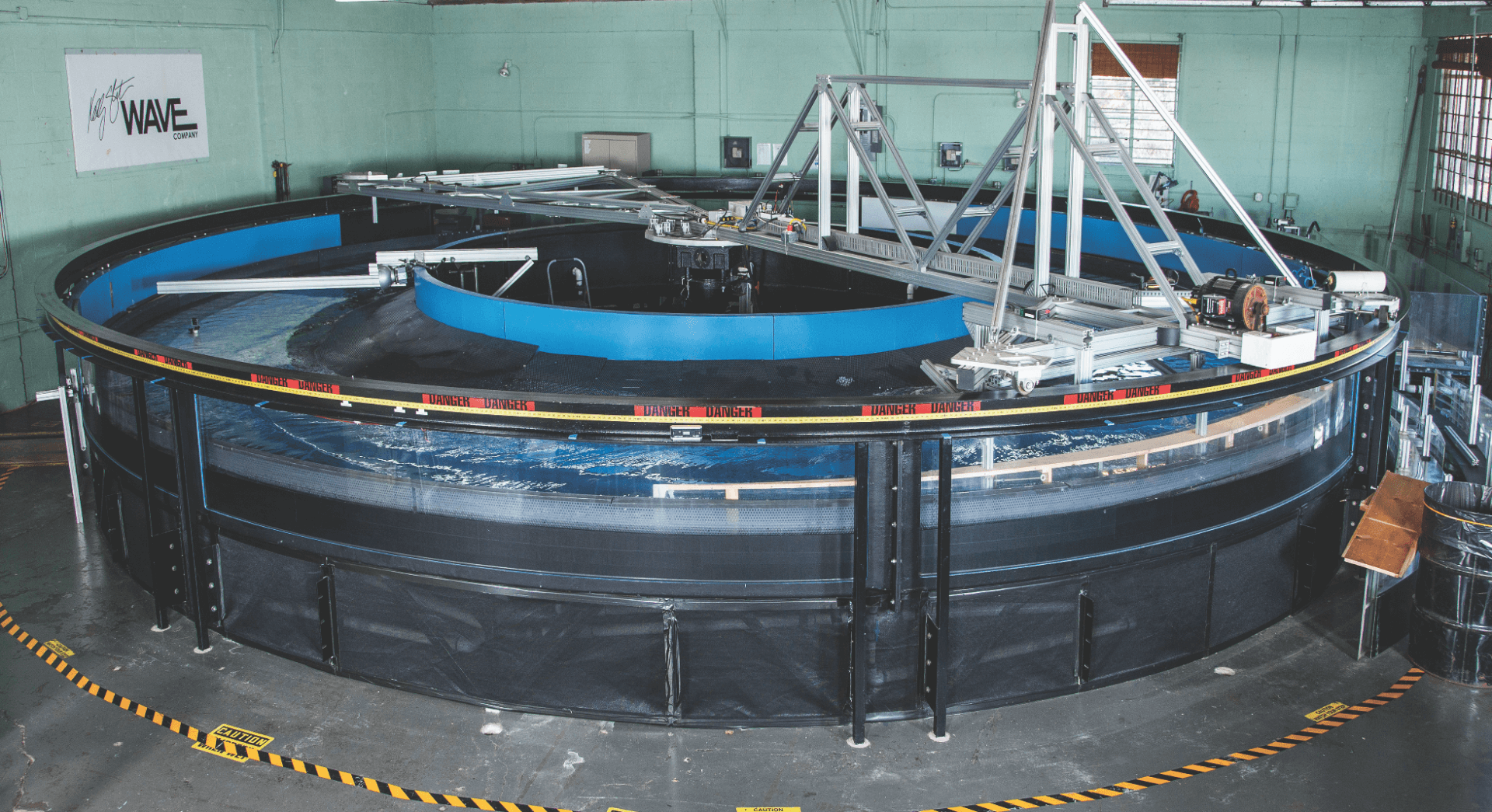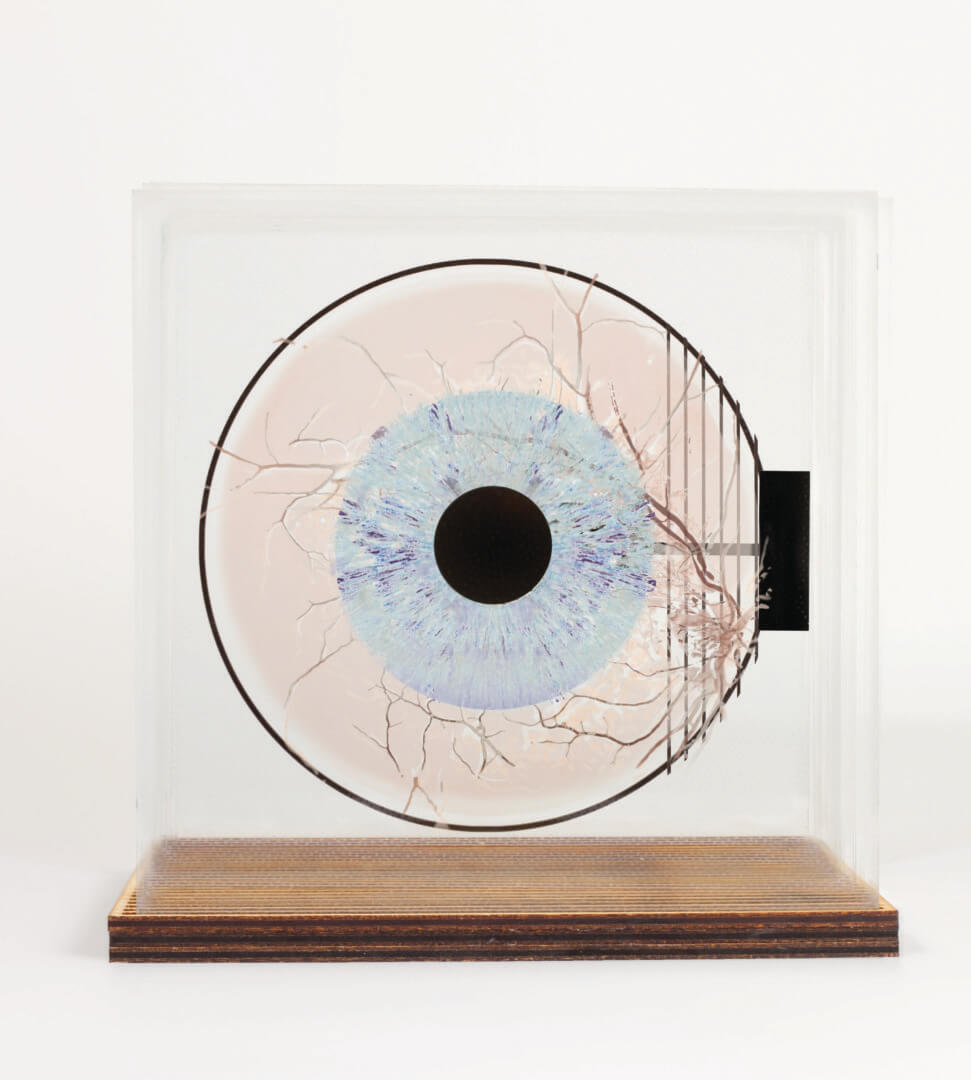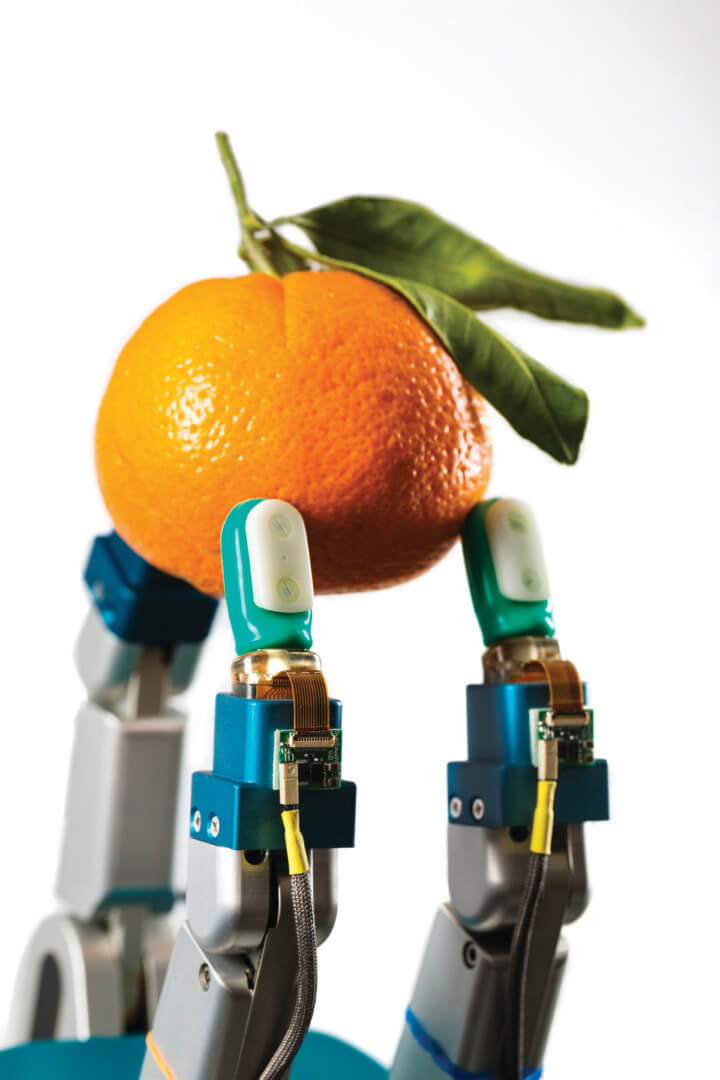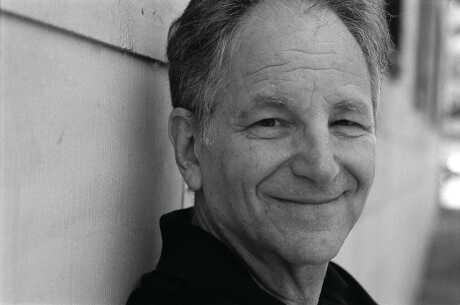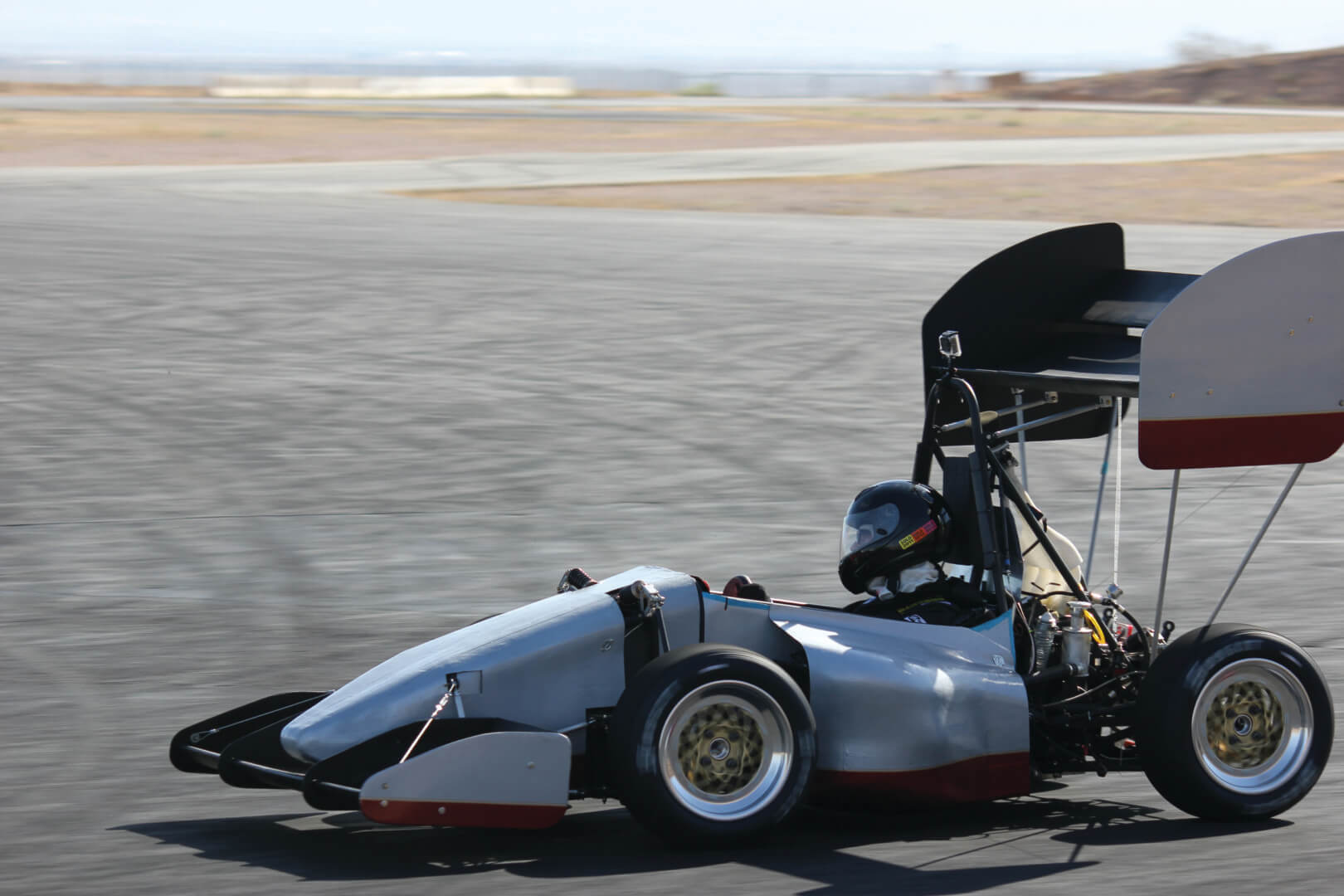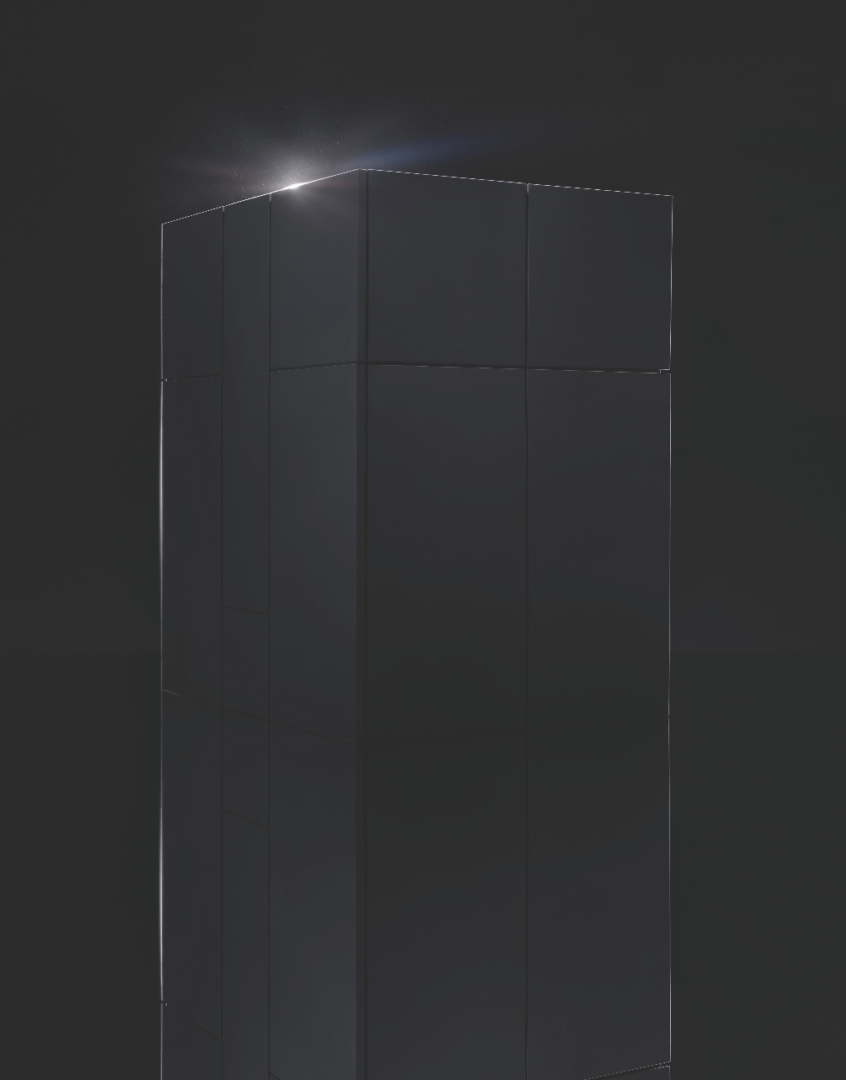The Most Beautiful Things in STEM
“Can one think that because we are engineers, beauty does not preoccupy us or that we do not try to build beautiful, as well as solid and long lasting structures?”
The quote is from over a century ago. A man under attack by 300 of the day’s leading critics. They called his work “monstrous” and “useless.” An assault on the city’s “hitherto untouched beauty.”
The man was Gustave Eiffel. And his “monstrous” tower — the one that still bears his name — is the most visited monument in the world and a global cultural icon.
In the spirit of Monsieur Eiffel, USC Viterbi magazine invited faculty, students, alumni and friends of the school to share what they find most beautiful in the world of science, technology, engineering and mathematics. Here are some of their responses.
1. Fractal Geometry
“There can be few examples in mathematics as beautiful and powerful as fractal geometry. It is a concept that has generalized geometry to non-integer dimensions, introduced self-similarity as a fundamental property of many systems and has allowed us to understand nature much more deeply in all its variety, complexity and beauty. It has also inspired new forms of visual art.”
Yannis C. Yortsos, dean, USC Viterbi School of Engineering
2. Euler’s Formula
“Its importance derives partly from the fact it contains the four most important numbers in science: 0, 1, π and i=√-1 . More important, it’s central to Fourier series, many physical phenomena and most engineering fields, electrical in particular. It impacts both analog and digital universes. It was recognized as the most impactful formula in mathematics in the notebook of 14-year-old Richard Feynman, who was to become one of the most renowned physicists of the 20th century and win a Nobel Prize, among many other achievements and honors.”
Andrew Viterbi, Ph.D. EE ’62; namesake, USC Viterbi School of Engineering
3. Infinity
“It’s perhaps the most counter-intuitive idea of all. Every time you think you’ve understood it, it grows and slips away.”
Daniel Lidar, professor, Ming Hsieh Department of Electrical Engineering
4. Periodicity
“It’s a simple, elegant concept, and yet it explains (at least partially) many seemingly complex phenomena, such as wave propagation, behavior of semiconductors, and, of course, the relative movements of the planets causing repeated occurrence of days, months and years.”
Hossein Hashemi, professor, Ming Hsieh Department of Electrical Engineering
5. Helios prototype solar-powered aircraft (by AeroVironment)
“It’s beautiful on so many levels. The design is incredibly clean and elegant … there was nothing really like it before — the first solar-powered airplane. The challenge at that time was that solar panels were flat, sharp-lined objects that did not lend themselves well to the curvy, fluidic shapes of airfoils. So Peter Lissaman, the engineer working on the aerodynamics, had to really go far afield to develop a completely new airfoil shape that would mesh well with the solar panels — as well as fly!”
Tara Chklovski, founder and CEO, Iridescent
6. Vi Hart Math Doodles
“I love when people beautifully simplify something very profound. There’s a woman named Vi Hart, and she’s the best math teacher on the web. She animates and explains things like the Fibonacci sequence using notebook doodles. They’re beautiful and artistic. What she does that I really find so beautiful is that she starts with really simple, fun stuff and pulls you through to the beginnings of understanding. And she shows you the Fibonacci sequence is in everything around you — all trees, all plants, everything.”
Megan Smith, former chief technology officer of the United States
7. Butterfly Flight
“I find the flight of butterflies to be quite beautiful and still strange. Their movements seem so jerky and yet purposeful. When I first came to USC, I worked on simplified abstractions of this, and there is much that we understand. But that doesn’t stop us from gazing in wonder.”
Geoff Spedding, professor, Department of Aerospace and Mechanical Engineering
8. Stem Cells
“The most beautiful thing in the world of engineering is the idea of stem cells. In a human body, stem cells can be converted to any type of cell. It is a beautiful phenomenon. It encompasses a world of possibilities. Stem cells give me hope for the medical field. I hope to become a doctor someday and work with stem cells to cure diseases and disorders.”
Anna Garrison, high school junior from Milwaukie, Oregon; attended USC/Chevron Frontiers summer camp 2017
9. Puente del Alamillo (in Sevilla, Spain), by Santiago Calatrava
“As a civil engineer I get very emotional when I see a new, novel and beautiful building or bridge structure. For everyone else, they are just seeing a simple structure, but for me I am seeing an amazing and beautiful physical representation of advanced mathematics. When I see Calatrava’s beautiful Puente del Alamillo, for example, I see the novel ways that math allows us to freely create new shapes of bridges — ones that work extremely well with less need of construction materials; more sustainable and still effective.”
Lucio Soibelman, chair, Sonny Astani Department of Civil and Environmental Engineering
10. Spaceflight
“Beauty is realizing a dream. A simple fleeting thought becomes a consuming vision. But it seems so fanciful — can it really be done? Some rough calculations hint that it may. The vision turns into a plan. A team is built and the idea evolves. And then things accelerate. A code is completed; a material sample built;
a prototype tested; a difficult analysis anchored to real data; uncertainty is removed. Suddenly, a clearer path emerges in the chaos of development. Beauty is seeing an idea become real, tangible, and knowing the emerging product will help make the world a better place.”
Scott Macklin, B.S. AE ’11; M.S. ’13; chief engineer, Virgin Orbit (LauncherOne Evolution)
11. Human body
“I think the human body is the most beautiful thing in the world of STEM, hands down. The human body is the most complex and, in my opinion, the greatest feat of engineering that exists. It is mind-blowing how many processes and functions are occurring inside you at any given moment — in fact, the entire field of biomedical engineering is merely us attempting to understand and simulate what the body already does!”
Nikita Dhesikan, senior, biomedical engineering
12. The power grid
“I’m blown away by the way the power grid operates. It’s an amazing system. You’ve got millions and millions of people making decisions in real time and somehow you keep the lights on despite the fact that there’s no storage in the system. That’s an unbelievable feat of engineering.”
Kelly Sanders, assistant professor, Sonny Astani Department of Civil and Environmental Engineering
13. K-12 students
“No algorithm is as beautiful as seeing a young person get passionate about changing the world for the better by solving a hard problem using STEM, and then diving head first into the challenge. STEM is not an end in itself, but a tool for higher purposes, those that aim to improve the human condition.”
Maja Mataric, vice dean of research, USC Viterbi School of Engineering
14. Spectral analysis and rainbows
“For me, the spectral analysis signal processing algorithm stands out as the most beautiful element. This seemingly simple algorithm takes a sequence of numbers, and elegantly maps them into their spectrum domain, just as a glass prism takes a light beam and breaks it into its sublime spectrum of colors. Essentially, it is no different than what nature does after a storm, when water reflects light in the sky and produces a magical rainbow.”
C. L. Max Nikias, president, University of Southern California
15. The human voice
“I find the hidden dance of human vocal production fascinating. The intricate choreography of the coordinated control and dynamics of the lips, tongue and other elements of the vocal instrument in creating speech and song; the incredible physics and acoustics of the sounds that are created; and the sheer capacity and adaptive communication signaling that encode intent and emotions across languages and cultures all continue to amaze me. I was blown away when I first was able to actually peek into this process using imaging techniques — developed right here at USC — and even more so, to mathematically relate these to the signals they create. I think the science and engineering of the human communication system most beautiful!”
Shri Narayanan, professor, Ming Hsieh Department of Electrical Engineering
The Most Beautiful Things in the Trojan Engineer-iverse
A brief sampling of some of the most beautiful hardware, software, algorithms and applications created by Trojan engineers
1. American Art Collaborative
“I love the application of the algorithms and tools that we develop to real-world applications. One particularly compelling example is the application of our data integration techniques in a system we built called Karma, to the problem of integrating the data about artwork from 14 American art museums as part of the American Art Collaborative, a joint project with these museums to help make their data available for research purposes.”
Craig Knoblock, director, USC Information Sciences Institute; professor, Department of Computer Science
2. Sol Golomb’s math games
“When I was in college, I was introduced to the mathematical games of Solomon Golomb. In my career, I became enamored with pseudo-random sequences that Dr. Golomb characterized and leveraged to design beautiful and secure communication systems.”
Wanda Austin, Ph.D. ISE ’88, former president and CEO of The Aerospace Corp.
3. Plunging surface gravity wave/artificial wave machine
“The most common wave phenomenon to most people. The inherent beauty of the lip of the wave as it plunges downward, partially encapsulating a pocket of air — the tube. With the Kelly Slater Wave Co., I was fortunate enough to have the opportunity to re-create this manifestation of nature in its most perfect form — the world’s first consistent, barreling, man-made wave.”
Adam Fincham, research associate professor, Department of Aerospace and Mechanical Engineering
4. Photorealistic digital humans
“My team and I have recently made significant advancement of creating photorealistic digital humans using deep neural networks. We are so much closer now to crossing the notorious uncanny valley without the help of production studios. With the rapid progress of [virtual reality], I can’t wait to teleport myself into virtual worlds like in ‘The Matrix.’”
Hao Li, assistant professor, Department of Computer Science
5. Contour Crafting / large-scale 3-D printing
“My invention, which I named Contour Crafting, is deployable robotic 3-D construction printers. It’s based on a simple but elegant principle that has guided 22 years of my research and resulted in an international technological movement. On Earth, it’s now starting to impact the largest sector of economy, which is construction. And for space, it has shown the promise of creating infrastructure and habitat on the moon and Mars.”
Behrokh Khoshnevis, professor, Daniel J. Epstein Department of Industrial and Systems Engineering
6. RecallVR
“I became the lead producer for the first VR game in the engineering school. We were a team of students from different fields pooling our expertise to creating Recall, a virtual reality memory productivity application that lets you convert your digital documents into memory palaces. This serious health game helps you navigate and discover information to help you ‘recall’ based on your spatial memory.”
Jyostna Kadimi, M.S. EE ’16; former president, VRSC (USC’s virtual reality club)
7. Artificial retina
“An algorithm that converts images from a camera into a pattern of electrical stimulation that excites the retina of a blind person into seeing … ‘artificial sight code.’”
Mark Humayun, professor, Department of Biomedical Engineering
8. Dynamic programming
“I have always admired the invention of dynamic programming by Richard Bellman. It is a particularly elegant way of solving difficult problems by decomposing them down to a collection of simpler sub-problems.”
Gaurav Sukhatme, executive vice dean, USC Viterbi School of Engineering
9. BioTac sensors
“Over the last 10 years, a team that started in my lab and now runs SynTouch Inc., developed a technology that is beautiful in two ways: It mimics the elegant biomechanics and sensory transduction of the human finger, and it provides machines with one of the major senses whereby humans perceive beauty.”
Gerald Loeb, professor, Department of Biomedical Engineering
10. Reverse osmosis-pressure-retarded-osmosis (RO-PRO) water desalination
“I’d like to spotlight the beautiful work being carried out by Professor Amy Childress, director of the Environmental Engineering Program. Her research epitomizes the communion between science, engineering and society. She develops novel processes that advance membrane technology and water quality while taking into consideration energy consumption. … Her work has a key role in addressing one of the most challenging issues our society is facing: the ever-increasing demand for fresh water. In particular, I highlight her work on desalination, which is of critical importance in coastal areas that have been confronted with issues related to water scarcity.”
Felipe de Barros, assistant professor, Sonny Astani Department of Civil and Environmental Engineering
11. Transient pulsed plasma
“We push a button and create an electrical pulse that is millions of times faster than the blink of an eye and has more peak power than several locomotives, and we send that pulse inside an engine to create a beautiful, purple, low-temperature plasma that changes the way we think about combustion chemistry.”
Dan Singleton, Ph.D. EE ’10
12. RSA Encryption
“I think RSA is the most beautiful equation, developed by one of our own faculty, Professor Len Adleman. Definitely a deserving Turing Award winner, the algorithm can be explained within a few minutes, but it changed the world. To make it even better, Professor Adleman teaches the undergraduate computer science algorithms class where you can learn RSA directly from the source. Just amazing!”
Jeffrey MiIler, associate professor, Department of Computer Science
13. SC Racing car
“Something I’ve been fortunate enough to play a role in creating has been a smaller scale of a Formula 1 car that we design, build and compete with yearly. I have been blessed to be able to be part of USC Racing and get the opportunity to apply what we learn in class to fulfill our passion for cars. … Through USC Racing, not only myself but the team has been blessed with the opportunity to make a dream a reality that would only be possible through the world of STEM.”
Kenny Noel Barrera, USC Racing president
14. Adobe Photoshop
“It was created by a fellow Trojan [John Kroll], and it has become such a useful tool in my research when creating intricate images to show the interplay between people and the environment, such as maps of nuclear power plants in the Persian Gulf. Thank you, Knoll brothers!”
Ghena Alhanaee, Ph.D. candidate, civil engineering
15. Symmetry and quantum computers
“Symmetry is everywhere. Beauty inevitably arises both from respecting it and breaking it. In nature, quantities such as energy and momentum are conserved when associated symmetries are present. My most gratifying contribution to science involved a realization made with colleagues and students that symmetry can also help preserve information, specifically when complex calculations are performed by quantum computers. One day these awesome machines will perform computations that transcend our current abilities, and the delicate quantum superpositions they require will be kept alive thanks to our understanding and control of symmetry.”
Daniel Lidar, professor, Ming Hsieh Department of Electrical Engineering





